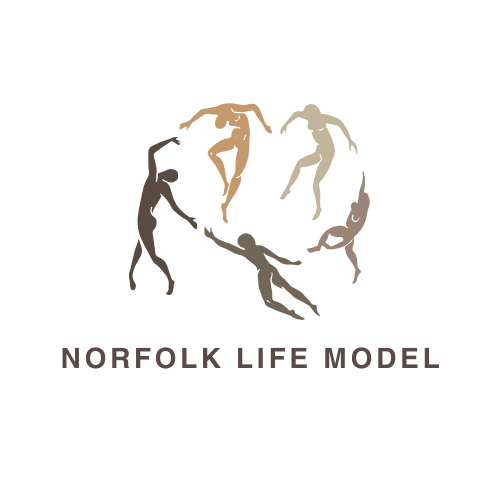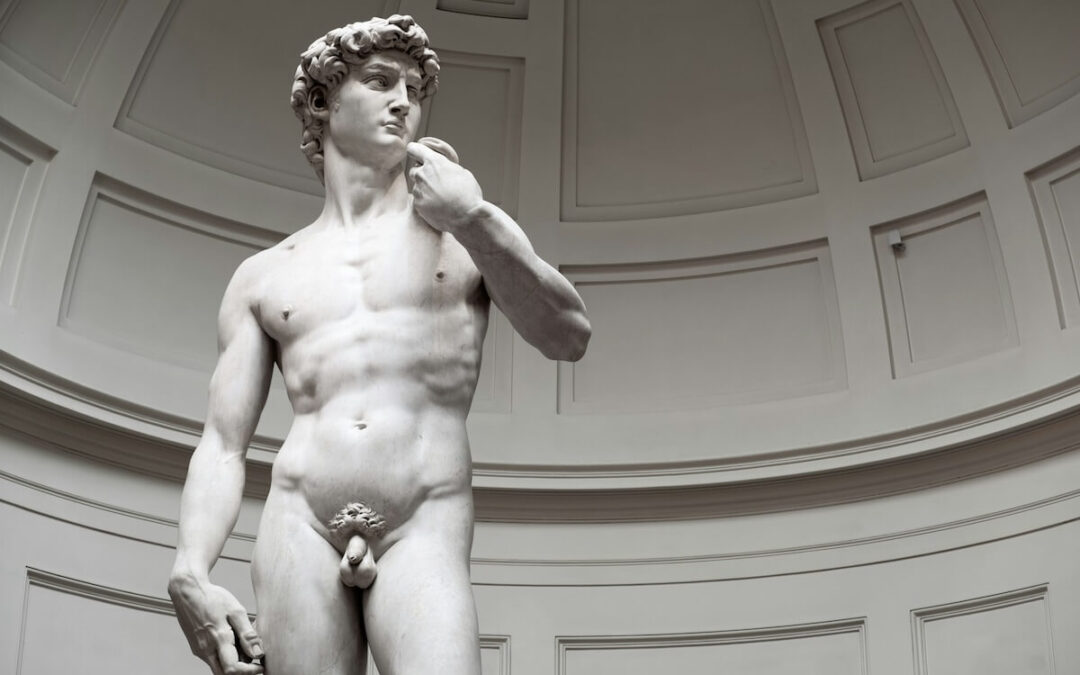The Evolution of Life Drawing: A Historical Perspective on Artistic Growth
Life drawing has evolved dramatically from ancient cave paintings to contemporary art practices. This comprehensive guide explores how artistic approaches to drawing the human figure have transformed over time and continue to develop today.
How Did Life Drawing Begin?
The earliest forms of life drawing emerged in ancient civilisations, where artists depicted human figures through symbolic and geometric forms. Ancient Greece established many foundational principles of proportion and anatomy that still influence artists today.
Artists in these early periods focused on representing idealised human forms, often connected to mythology and religious subjects.
What Changed During the Renaissance?
The Renaissance period witnessed a profound transformation in life drawing. Artists like Michelangelo and da Vinci conducted rigorous anatomical studies to perfect their understanding of the human form.
This era saw the establishment of formal academies where life drawing became a cornerstone of artistic training.
How Did Art Schools Shape Life Drawing?
Art schools in the 18th and 19th centuries made life drawing almost exclusively about studying nude models. This approach helped artists master human anatomy and proportion through direct observation.
Students would spend countless hours reproducing classical sculptures before working with live models.
What Role Did Modern Art Play?
The advent of modern art in the late 19th century challenged traditional approaches to life drawing. Artists began exploring more expressive and abstract ways to represent the human figure.
This period saw a flourishing of new styles, from the simplification of forms to completely abstract interpretations.
How Has Contemporary Practice Evolved?
Contemporary life drawing embraces diverse approaches, from classical techniques to experimental methods. Digital tools have added new dimensions to how artists explore and represent the human form.
The practice continues to adapt while maintaining its foundational importance in artistic education.
What Makes Life Drawing Timeless?
Life drawing’s enduring relevance comes from its ability to help artists understand form, proportion, and composition. It provides essential skills that transfer to all areas of artistic practice.
The human figure remains one of the most challenging and rewarding subjects to draw.
How Do Different Cultures Approach Life Drawing?
Various cultures have developed unique perspectives on representing the human form. From Eastern emphasis on linear qualities to Western focus on volume, these approaches inform contemporary practice.
Cultural differences in depicting the human figure reflect broader artistic and philosophical traditions.
What Role Does Technology Play?
Digital tools have transformed how some artists approach life drawing. New technologies offer different ways to explore and represent the human form.
However, many artists still value traditional methods for their directness and tactile qualities.
Where Is Life Drawing Heading?
Current trends suggest a continued evolution of life drawing practices. Artists increasingly combine traditional techniques with contemporary approaches and new technologies.
The adaptation of life drawing to changing artistic needs proves its ongoing relevance.
Key Points to Remember:
- Ancient origins in symbolic representation
- Renaissance emphasis on anatomical accuracy
- Formal academic training development
- Modern art’s transformative influence
- Contemporary diversity in approach
- Cultural variations in figure representation
- Technology’s growing impact
- Continuing evolution of practices
- Enduring educational value
- Balance of tradition and innovation
Frequently Asked Questions
Q: What is the significance of life drawing in art history?
A: Life drawing is a key phenomenon in art history, acting as a foundation for artists to develop their skills. It’s where many painters, like Vincent van Gogh and Georges Braque, honed their craft, allowing them to explore realism and the depiction of the human form.
Q: How did the early life drawing classes influence artistic growth?
A: Early life drawing classes were a necessity for aspiring artists. They provided a structured environment to practice and refine their techniques, helping to construct a solid base for their future works. Artists quickly realised the importance of these classes for their artistic journey.
Q: Can you explain the role of realism in life drawing?
A: Realism in life drawing is about capturing the true essence of the subject matter. This quest for authenticity led artists to focus on the inherent qualities of their models, moving away from idealised forms and striving for a more genuine representation.
Q: What was the impact of the 19th-century revival on life drawing?
A: The 19th-century revival, especially around 1860, saw a significant shift in artistic priorities. Artists began to argue for the importance of life drawing as a staple in their practice, leading to an explosion of creativity and exploration in the field.
Q: How did symbolism influence the evolution of life drawing?
A: Symbolism brought a new layer to life drawing, allowing artists to incorporate deeper meanings into their work. This allowed for an elaborate exploration of emotions and ideas, pushing the boundaries of traditional life drawing to create more thought-provoking pieces.
Q: What are some common misconceptions about life drawing?
A: Many people misunderstand life drawing as just copying what they see. In reality, it’s a dynamic process that involves understanding form, structure, and the underlying essence of the subject. It’s not just about reproduction; it’s about interpretation and personal expression.
Q: How does life drawing relate to the concept of adaptability in art?
A: Adaptability is crucial in life drawing since artists must adjust their techniques based on the model and environment. This flexibility allows them to capture fleeting moments and variations in pose, ultimately enriching their artistic practice.
Q: What was the role of notable figures like Jacques-Louis David and Simon Vouet in life drawing?
A: Artists like Jacques-Louis David and Simon Vouet played pivotal roles in elevating life drawing as an essential practice. They emphasised its importance in training and artistic development, leaving a testament to its value in the broader context of art history.
Q: How do modern drawing classes still emphasise life drawing?
A: Modern drawing classes continue to stress the significance of life drawing, as it remains a fundamental skill for artists. The focus on real, inanimate subjects helps students develop their eye for detail and improve their overall technique.
Q: Why is life drawing considered a pinnacle of artistic training?
A: Life drawing is seen as the pinnacle of artistic training because it challenges artists to engage deeply with their subjects. It requires a blend of observation, technique, and creativity, making it an essential part of any serious artist’s education.
Read about my first life modelling experience here

